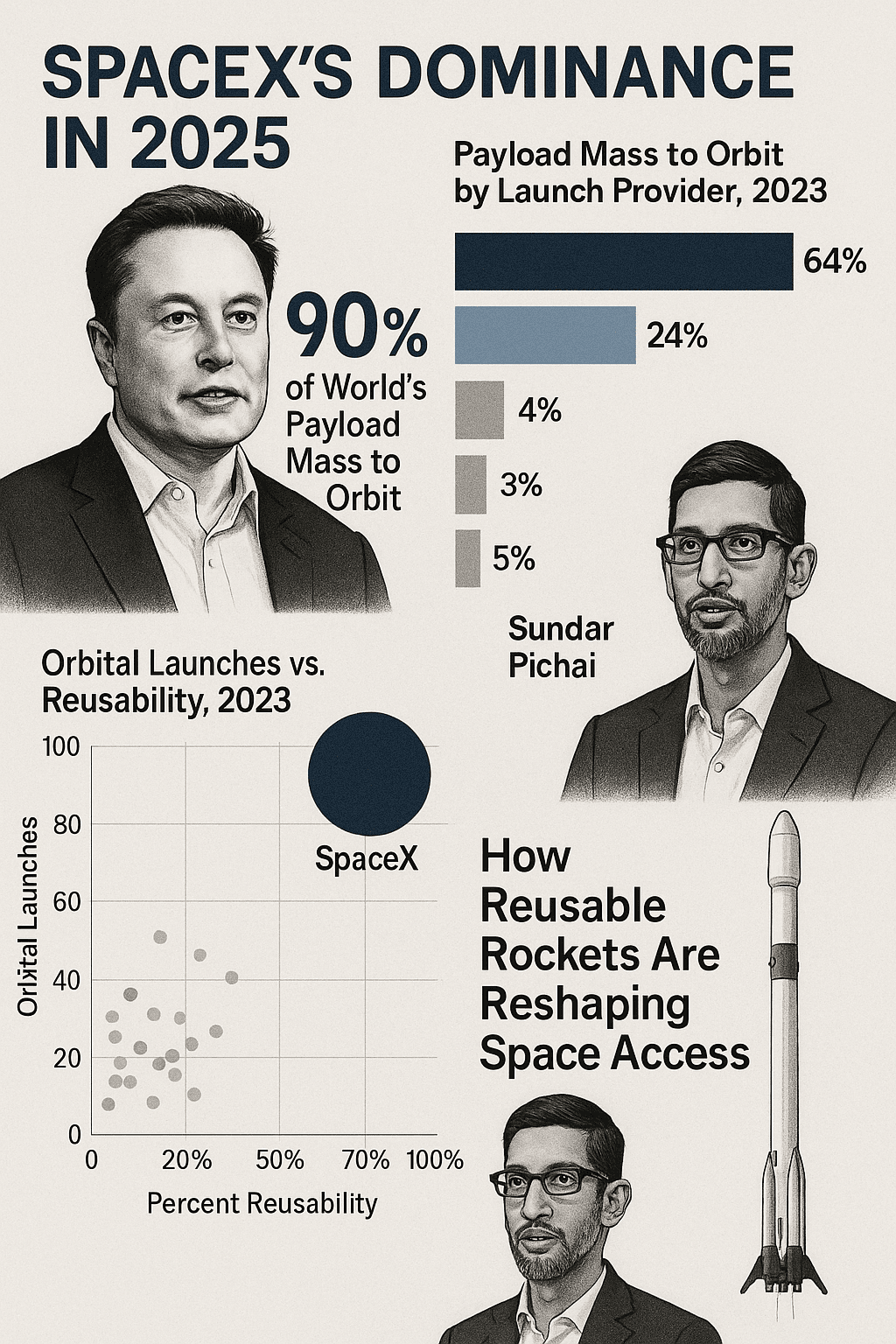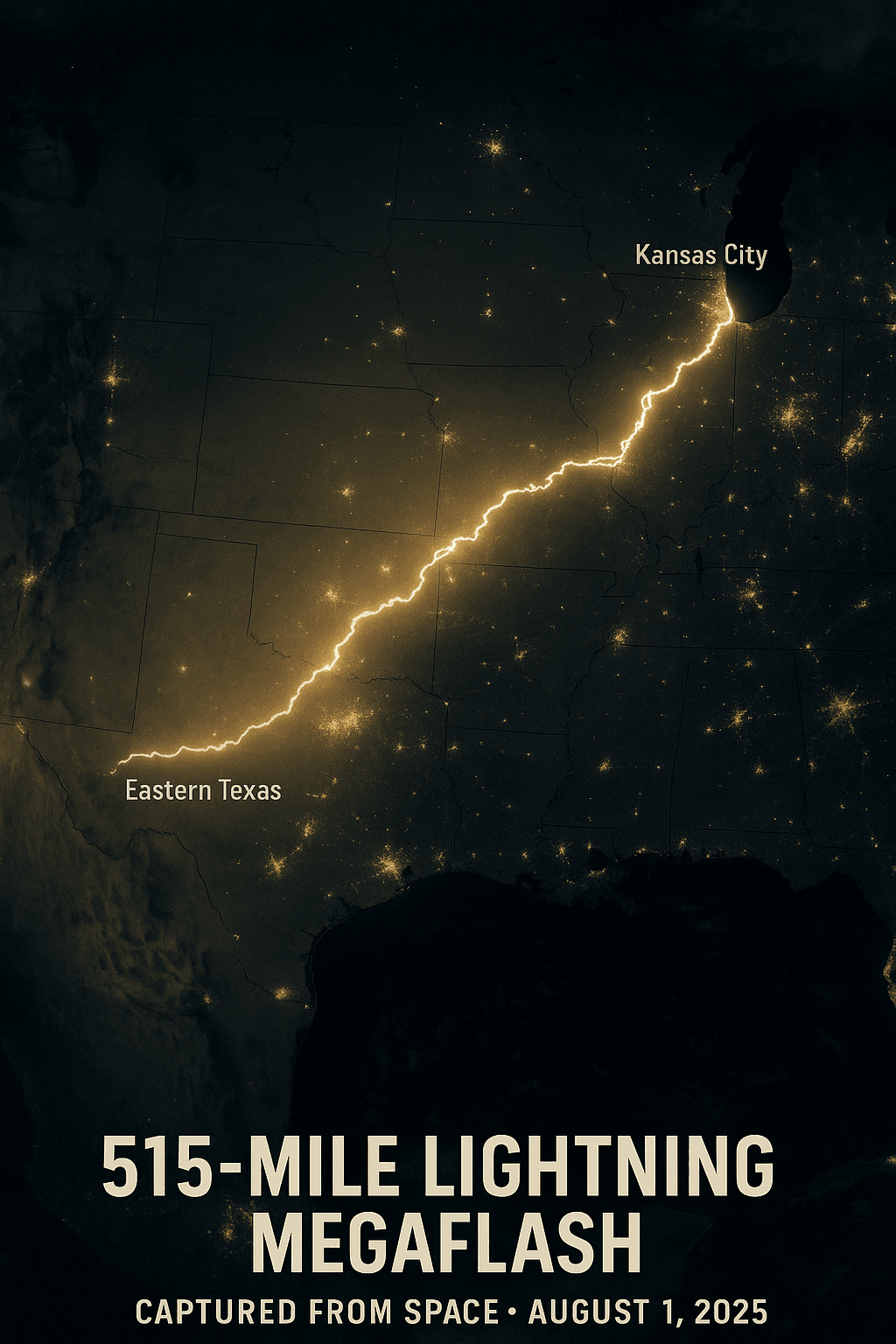
Rain has long been a symbol of renewal, quenching thirsty lands and filling rivers. But what if it could also power our homes, charge our devices, or even supplement renewable energy grids? Emerging technologies are turning this poetic idea into reality by capturing electricity from raindrops. In this blog post, we’ll explore the science behind generating electricity from rain, the groundbreaking methods making it possible, and how this innovation could reshape our energy future.

Why Generate Electricity from Rain?
As the world races to transition from fossil fuels to renewable energy, solar and wind dominate the conversation. Yet rain—a frequent, global phenomenon—remains an untapped resource. With climate change intensifying rainfall patterns in many regions, harnessing its kinetic energy offers a sustainable solution. Rain-powered systems are low-cost, scalable, and ideal for areas with limited access to traditional grids. Plus, they work day and night, complementing solar panels that falter in cloudy weather.
How Does It Work? 5 Cutting-Edge Methods
Scientists and engineers are experimenting with creative ways to convert raindrops into usable electricity. Here are the most promising technologies:
1. Piezoelectric Materials: Power from Pressure
Piezoelectric materials generate electricity when physically stressed. When raindrops strike surfaces coated with these materials (like polymers or crystals), the impact creates vibrations that produce electrical charges. Researchers have demonstrated that even light rainfall can generate microwatts of power—enough for small sensors or low-energy devices.
Applications:
Self-powered weather sensors
Smart agriculture systems
Remote environmental monitors

2. Triboelectric Nanogenerators (TENGs): Sparks from Friction
Triboelectric nanogenerators (TENGs) work by capturing energy from friction between two materials. When raindrops slide across a TENG-coated surface, they create static charges through the triboelectric effect (think rubbing a balloon on your hair). This charge separation generates a small but measurable current.
Breakthrough Example:
In 2020, scientists integrated TENGs with solar panels, enabling hybrid systems that generate power from both sunlight and rain. This innovation could boost solar efficiency by 20% during storms.
3. Micro-Hydro Turbines: Small-Scale Hydropower
Micro-hydro turbines mimic traditional hydropower but on a miniature scale. Installed in gutters, downspouts, or drainage systems, these turbines spin as rainwater flows through them, converting kinetic energy into electricity.
Why It Matters:
Ideal for urban areas with limited space
Can power streetlights or rooftop systems
Works with slow or heavy rainfall
4. Plug Flow: Maximizing Charge Separation
A groundbreaking study by Singapore’s National University of Singapore (NUS) revealed a method called plug flow. By channeling raindrops through a vertical tube, researchers created bursts of water separated by air pockets. As droplets collide and flow downward, charge separation occurs between the water and the tube’s surface.
Results:
Their setup lit up 12 LEDs using only falling droplets—proving the potential for scaling up. According to lead researcher Siowling Soh, plug flow systems could achieve over 10% energy conversion efficiency, rivaling small solar panels.
5. Liquid-Solid Contact Electrification
This method focuses on the charge transfer between rainwater and a specialized surface. When droplets hit materials like PTFE (Teflon), electrons are exchanged, creating a voltage difference. Harvesting this energy requires electrodes placed strategically to capture the charges.
Real-World Applications: From Gadgets to Grids
While rain energy is still in its infancy, its versatility makes it a game-changer for:
1. Powering IoT Devices
Imagine wireless sensors in farms or forests that run indefinitely on rainfall. Piezoelectric and TENG systems could eliminate the need for battery replacements in hard-to-reach locations.
2. Emergency Backup Power
During hurricanes or floods, rain-powered generators could keep communication devices or medical equipment running when traditional grids fail.
3. Urban Renewable Energy
Micro-turbines in apartment downpipes or TENG-coated rooftops could offset building energy demands. Cities like Singapore, with frequent rainfall, are ideal testbeds.
4. Hybrid Energy Systems
Pairing rain harvesters with solar panels creates a 24/7 renewable energy source. Solar by day, rain by night!
Challenges and Future Prospects
While the potential is exciting, there are hurdles:
Low Energy Output: Current systems produce milliwatts, not megawatts. Scaling up requires material innovations.
Durability: Devices must withstand corrosion, UV exposure, and extreme weather.
Cost: Making these technologies affordable for mass adoption is critical.
However, researchers are optimistic. Advances in nanomaterials, 3D printing, and AI-driven energy management could accelerate progress. Governments and startups are already investing—South Korea’s “Smart Rain City” project aims to integrate rain energy into public infrastructure by 2030.
Conclusion: Rain as the Next Renewable Frontier
Generating electricity from rain isn’t science fiction—it’s a tangible step toward a cleaner future. From piezoelectric rooftops to plug flow systems, these technologies highlight human ingenuity in the face of climate challenges. While rain alone won’t replace solar or wind, it adds a vital piece to the renewable energy puzzle.
As research continues, we might soon see homes with “rain batteries” or cities powered by storms. One thing’s certain: the next time dark clouds gather, they could be bringing more than just water.









